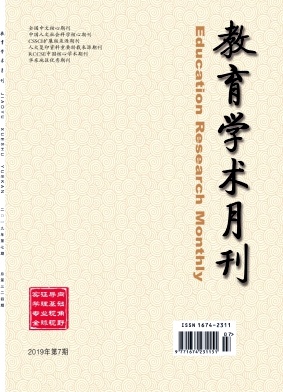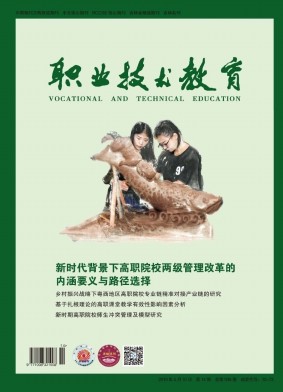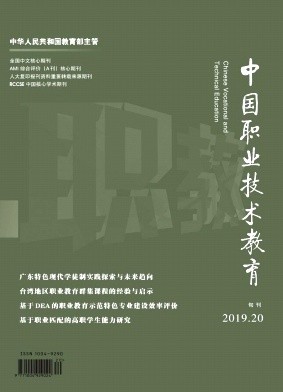摘要 目的探讨肾嫌色细胞癌(ChRCC)患者术后生存的影响因素,构建ChRCC术后生存模型(Nomogram)。方法回顾性分析SEER数据库中2004至2013年注册的1729例非西班牙裔白人ChRCC患者的资料。采用多变量Cox回归分析(Cox风险比例模型)确定影响ChRCC患者术后总体生存率(OS)的独立预测因子,将所有独立预测因子引入R软件,根据各因子的回归系数绘制预后Nomogram。利用一致性指数(C-index)对模型的区分度进行标定;使用校准图阐明Nomogram预测的OS与实际OS之间的关系;使用bootstrap法对Nomogram性能进行自身内部验证。此外,一个由313例非西班牙裔黑人、324例西班牙裔以及127例亚洲/太平洋ChRCC患者构成的独立队列对所建立的Nomogram性能进行外部验证。结果多变量Cox回归分析显示,影响ChRCC患者术后OS的独立危险因素包括首次确诊时较大的年龄(HR=1.077,95%CI:1.061~1.092,P<0.001)、婚姻状况为离异(HR=2.014,95%CI:1.300~3.122,P=0.002)、较大的肿瘤长径(HR=1.005,95%CI:1.002~1.009,P=0.005)、未分化的肿瘤(HR=2.671,95%CI:1.222~5.836,P=0.014)、肿瘤T分期≥T3(HR=1.619,95%CI:1.132~2.315,P=0.008)。在建模队列和独立验证队列中,校准图显示Nomogram预测的5年、10年OS与实际5年、10年OS在很大程度上相符合;Nomogram的C-index分别为0.714和0.705,均显示出良好的区分度。结论本研究在分析ChRCC患者术后OS的独立预测因子基础上开发了专门用于预测ChRCC患者长期生存的Nomogram。经内、外部验证,均证实其能较好预测患者生存预后,可用于ChRCC术后相关临床试验研究的设计。 Objective To explore the factors affecting the survival of patients with renal chromophobe renal cell carcinoma(ChRCC)and to establish a nomogram for them.Methods The data of 1729 non-Hispanic white ChRCC patients registered from 2004 to 2013 in Surveillance,Epidemiology and End Results(SEER)database were analyzed retrospectively.Multivariate Cox regression analysis was used to determine the independent predictors of postoperative OS in patients with ChRCC.Our prognostic nomogram was developed using R software by integrating all independent predictors according to the regression coefficients of each factor.The consistency index(C-index)was used to calibrate the discrimination of the model.In addition,a calibration chart was used to clarify the relationship between OS predicted by nomogram and actual OS.Furthermore,an independent cohort of 313 non-Hispanic blacks,324 Hispanics and 127 Asian ChRCC patients were used to verify the performance of our nomogram.Results Older age at the first visit(HR=1.077,95%CI:1.061-1.092,P<0.001),divorced patients(HR=2.014,95%CI:1.300-3.122,P=0.002),larger tumor diameter(HR=1.005,95%CI:1.002-1.009,P=0.005),undifferentiated tumors(HR=2.671,95%CI:1.222-5.836,P=0.014)and stage≥T(HR=1.619,95%CI:1.132-2.315,P=0.008)were identified as the independent risk factors for postoperative OS.In the modeling queue and independent verification queue,the calibration chart shows that the 5-year and 10-year OS predicted by our nomogram are coincide with the actual 5-year and 10-year OS and the C-index of our nomogram is 0.714 and 0.705 respectively,which shows a good degree of discrimination.Conclusions This study developed the first nomogram specifically used to predict the long-term survival of patients with ChRCC.The performance of the established nomogram is proved to be valuable,which can be used for the design of clinical trials related to postoperative ChRCC.
出处 《现代泌尿生殖肿瘤杂志》 2020年第5期265-270,共6页 Journal of Contemporary Urologic and Reproductive Oncology
关键词 肾肿瘤 嫌色细胞癌 生存分析 预测模型 Renal tumor Chromophobe renal cell carcinoma Survival analysis Prediction nomogram
分类号 R73 [医药卫生—肿瘤]




